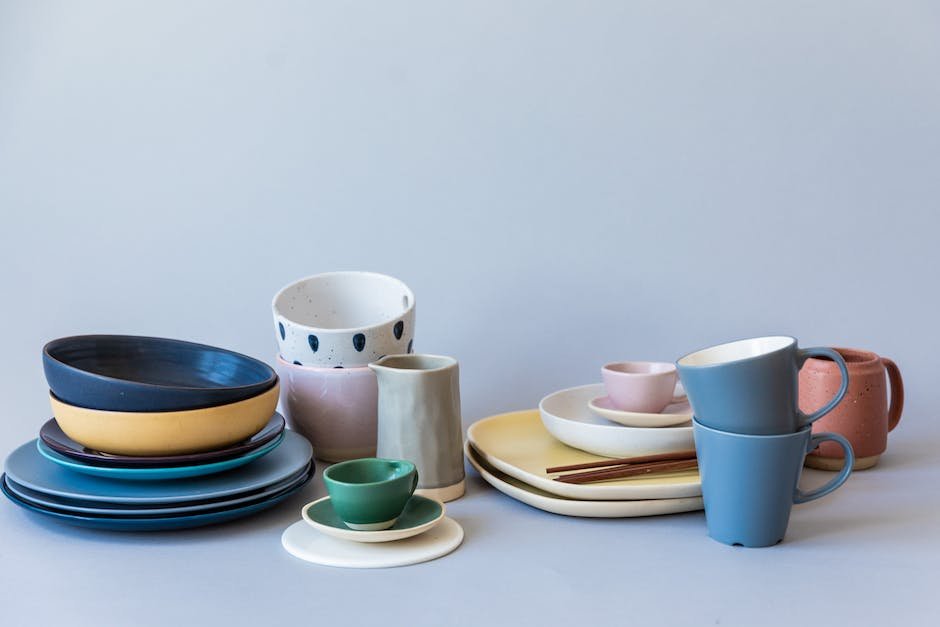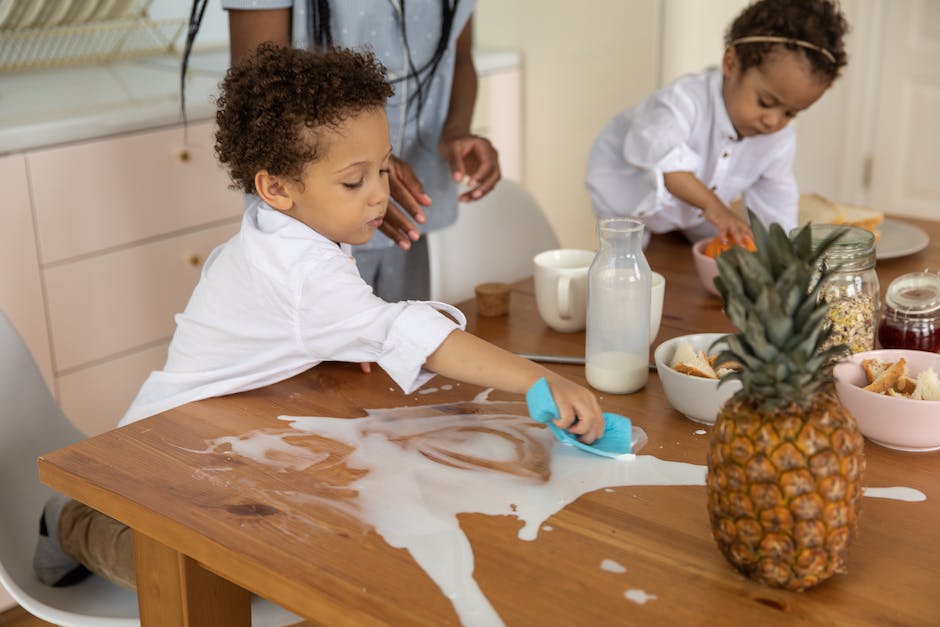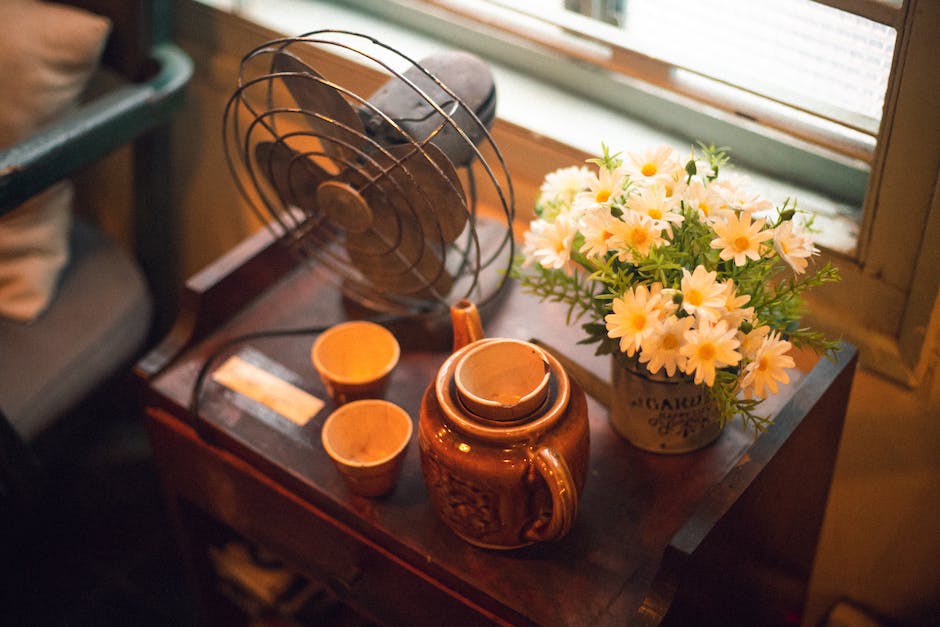When measuring liquid amounts, most people use ounces as the standard unit. Most recipes will ask for a certain number of ounces of a liquid to add to the recipe, so knowing how many ounces are in a cup is important.
Ounces per cup can vary depending on the liquid being measured. For example, water averages 96 ounces per cup, milk averages 8 ounces per cup, and honey averages 12 ounces per cup!
Here is a chart that shows how many cups are in an ounce for common liquids. Keep this handy next time you need to measure liquids by the cup!
Surprisingly, there is not an official international standard for what 2 pints equals in cups. However, this article will investigate how many cups are in 2 pints and how to figure out the conversion if you do not have access to official measurements.
4 pint cups

Now let’s talk about how many cups are in a pint. A standard American cup is eight ounces. So how many cups are in a pint?
You will need to subtract two ounces per cup from the pint amount. So if you have two pints, you will need to have six cups total.
That is enough to make two regular American coffee cups or one really big one!
Having the understanding of how many cups are in a pint can come in handy when baking or cooking. Baking recipes often use up half a cup of liquid per cup of flour. So for baking, you would need more than enough liquid for the dough to come together.
Baking is not the only thing that uses measuring cups extensively, however. Cleaning and organizing requires just as much liquid as some tasks require dry materials. Having an adequate supply of liquids will help with this as well.
8 pint cups

When looking at the pint cup measurement, you will find that this is the same as eight pint cups. This is the standard measurement for liquid volumes of drinks and soups.
The problem comes in when trying to measure solid ingredients into cups. You would have to mix them thoroughly in a separate container first, and then measure them into cups, which is not very accurate.
However, if you were measuring out liquids like water or juice, this would not be a problem! You could simply pour them into the cup and that would be it!
7½ pint cups = 8½ regular U.S. coffee cups
6½ pint cups = 7 regular U.S. coffee cups
5½ pint cups = 6 regular U.S.
16 pint cups
Once you get past the standard pint, things start to get a little tricky. The next related measurement is the 16-pint cup. This is considered a commercial cup size, so most businesses will use this as their standard for pouring beverages.
People who work at restaurants, Starbucks, and other places usually have a set of these cups available. You can even buy them online if you are looking to increase your supply.
These cups hold 2 pounds of liquid, which makes it the equivalent of a kilogram. Since these are not very common in home settings, you would probably need to do some searching to find one.
Alternatively, you could use this tip: combine two 8-pint cups to get an equal volume as an 16-pint cup! Just make sure to accurately measure and mix the liquids so that you do not waste any.
32 pint cups

Now let’s talk about cups. A cup is a US customary measurement equivalent to 4 ounces. This is the same as ½ cup, or ½ liter.
Cups are a common food measurement, so most people are familiar with this one. However, just like with pint glasses, not all cups are equal.
Standard coffee cups tend to be smaller, around 2–3 ounces. So if you ordered a coffee and the barista gave you a small cup, but said it was a medium, they probably just made a mistake.
There are also very large cocktail glasses that can hold up to 12 ounces! So if you ordered a cocktail and got a very large glass, then you were probably given the correct amount.
1 pint in cups
Now let’s talk about 1 pint in cups. One pint is equivalent to 4 cups (1 pint = 4 cups). This means that there are twice as many units in one unit of pint in terms of volume! That is impressive math right there.
How Many Cups In A Pint? – YouTube
See how many cups are in a pint with this quick video tutorial!
Summary:
Now that you know the differences between these three basic liquid measurements, you will be more equipped at social gatherings and at work!
You can either know how much of each beverage to make for yourself or your guests, or you can ask how many of their beverage they would like and give them the correct size cup or glass.
Hopefully these tips helped you realize how much 2 pints equals in terms of liquid volume and how many cups are in one pint! Have fun using your new knowledge.
64 pint cups

You might see pint cups mentioned as the equivalent to 2 pints, but that is not true. While some recipes list ingredients by cup, most list by pint, making it more useful in baking.
Pint cups are 8 ounces while cups are usually 6 ounces. This makes it easier to calculate how much of a recipe needs to be increased or decreased.
So, if a recipe calls for 2 pints of liquid and you have only ½ a pint left, you know to use 1 pint plus 2 tablespoons of liquid instead. Very handy!
The problem with using just cups is that you can end up with either too much or too little liquid depending on the cup size. If the cup size is 8 ounces and the recipe calls for 2 pints, then you would need 20 cups of liquid to match up correctly. That would be way too much!
Using the correct conversions for pint cups helps prevent this issue.
128 cup pints
Now let’s talk about how many cups are in a pint. A standard U.S. cup is approximately half a liter, or 200 milliliters. Therefore, two cups is 400 ml, and one pint is 1,000 ml.
So to figure out how many cups are in a pint, divide the cup volume of a pint by two since there are two cups in a pint. Then multiply that number by two since there are two cups per pint.
So 1,000 ml / 2 = 500 cu ms x 2 = 1,000 cu ms in a pint. There are 128 cu ms in a liter, so there are 128 pints in a liter. There are 8 pints in a gallon, so there are 8 / 128 = 6% gallons in a pint.
256 cup pints
We have mentioned cups and pint several times in this article, so let’s talk about the difference between the two. A cup is a measurement for liquid, whereas a pint is a measurement for solid.
Cups are usually used for liquids such as water, milk, or juice. You would measure the liquid in the container and then pour it into a cup to measure how much liquid is in it.
Pints are usually used for solids such as butter or cream cheese. You would measure the solid out of the container and then shape it into a cube-like shape.
The difference between the two can be confusing, but if you think about it, pouring something into a cup does not make sense! It would all spill out. So, cups are only used for liquids.
Conversely, shaping something into a cube-like shape does not make sense either. It would just fall out of the shape. Thus, pints are only used for solids.
512 cup pints
Now let’s move onto cups. A cup is the same as a gram, so once you know how much 2 pints in cups is, you also know how much a cup is!
Two pints is 1 liter, and a liter is 1000 milliliters. So two pints is 500 milliliters. One cup is 8 ounces, so one cup is 0.5 liters.
So how many cups are in 2 pints? Well, 2 pints is 500 mL, and one cup is 8 oz, so that makes 500 mL / 8 oz = 62 cups of liquid. There are probably more than that though, because people don’t measure their cups correctly every time!
You can also do the opposite – take out some liquid until you have 62 cups of liquid left.


















